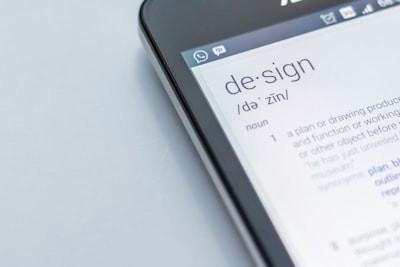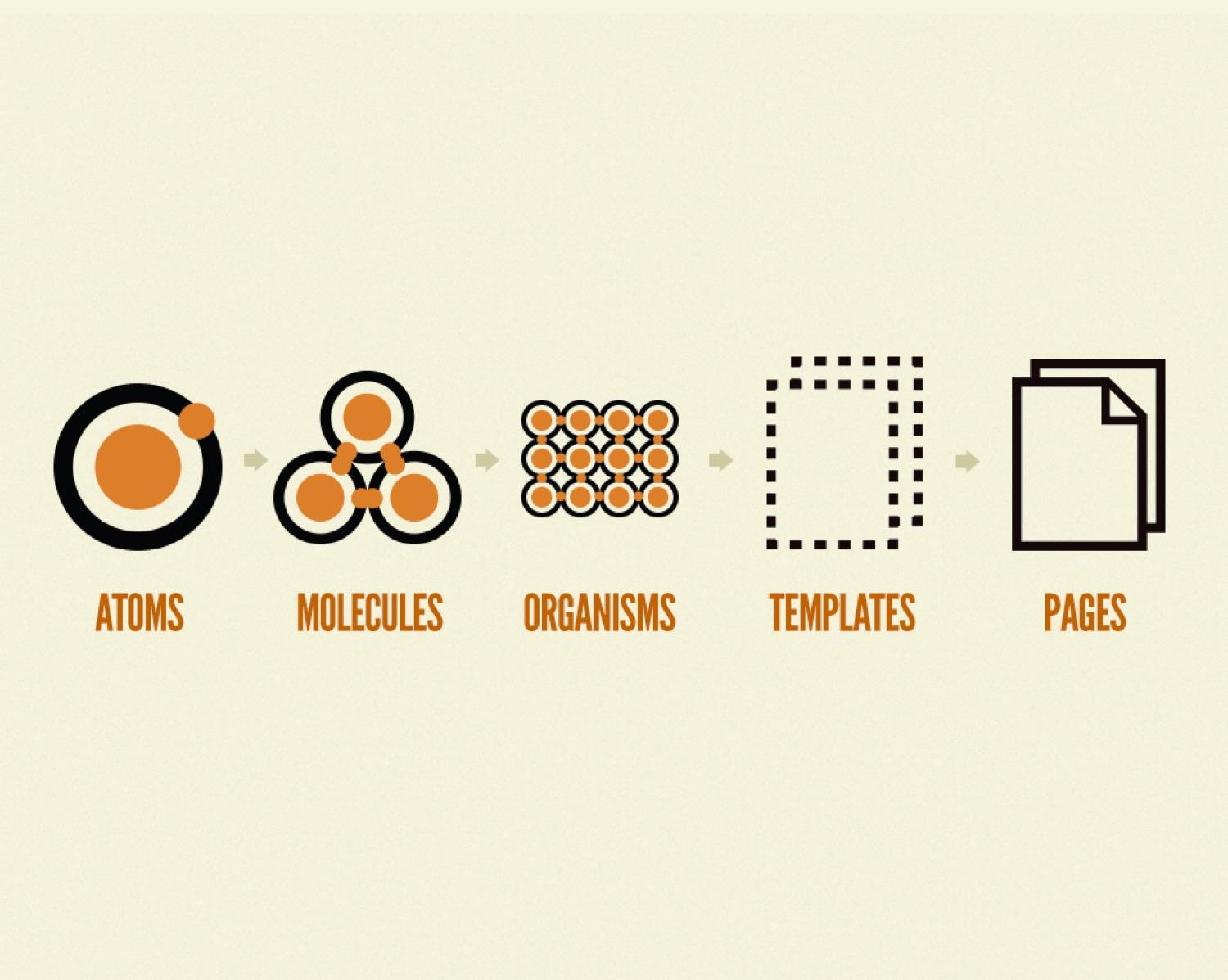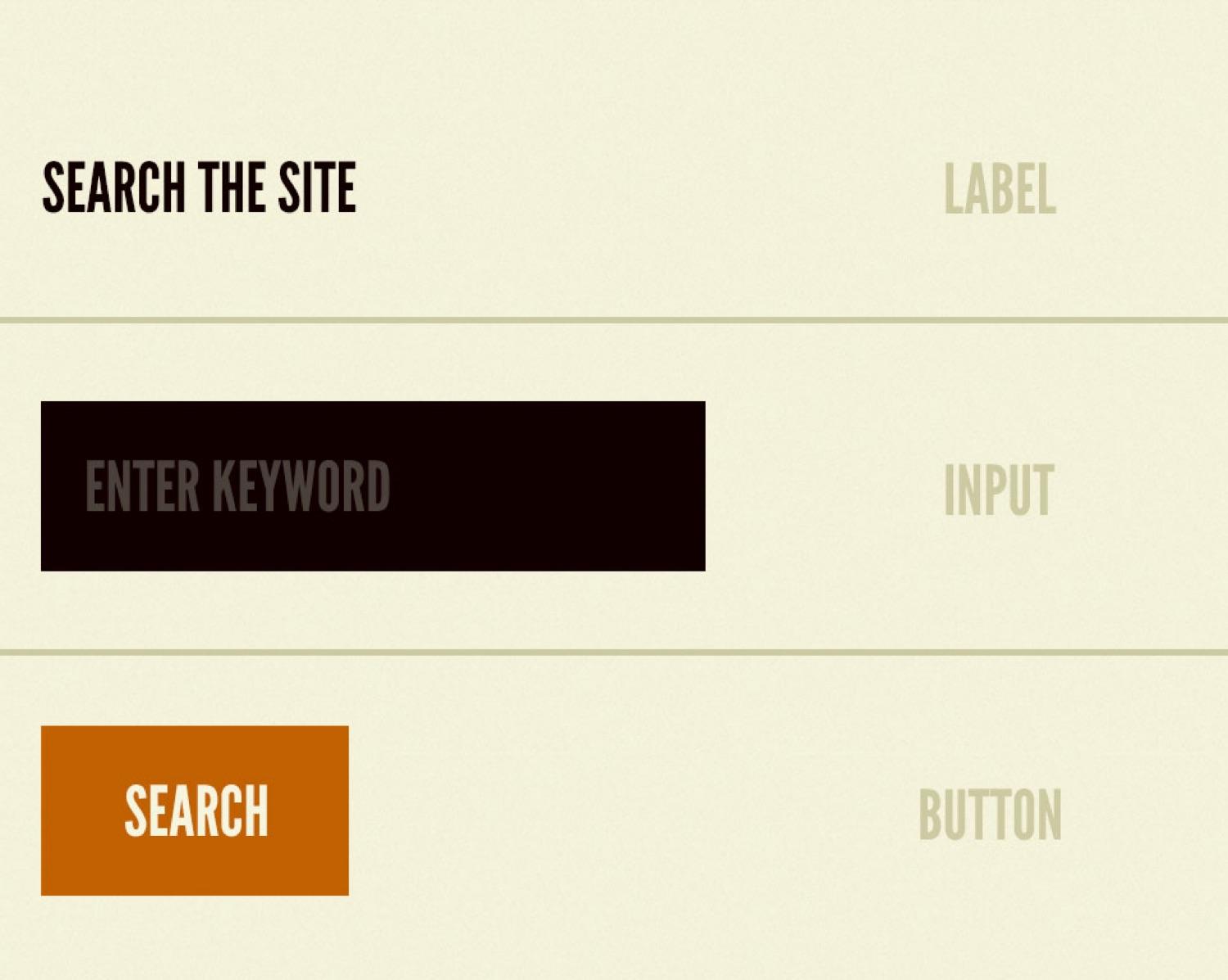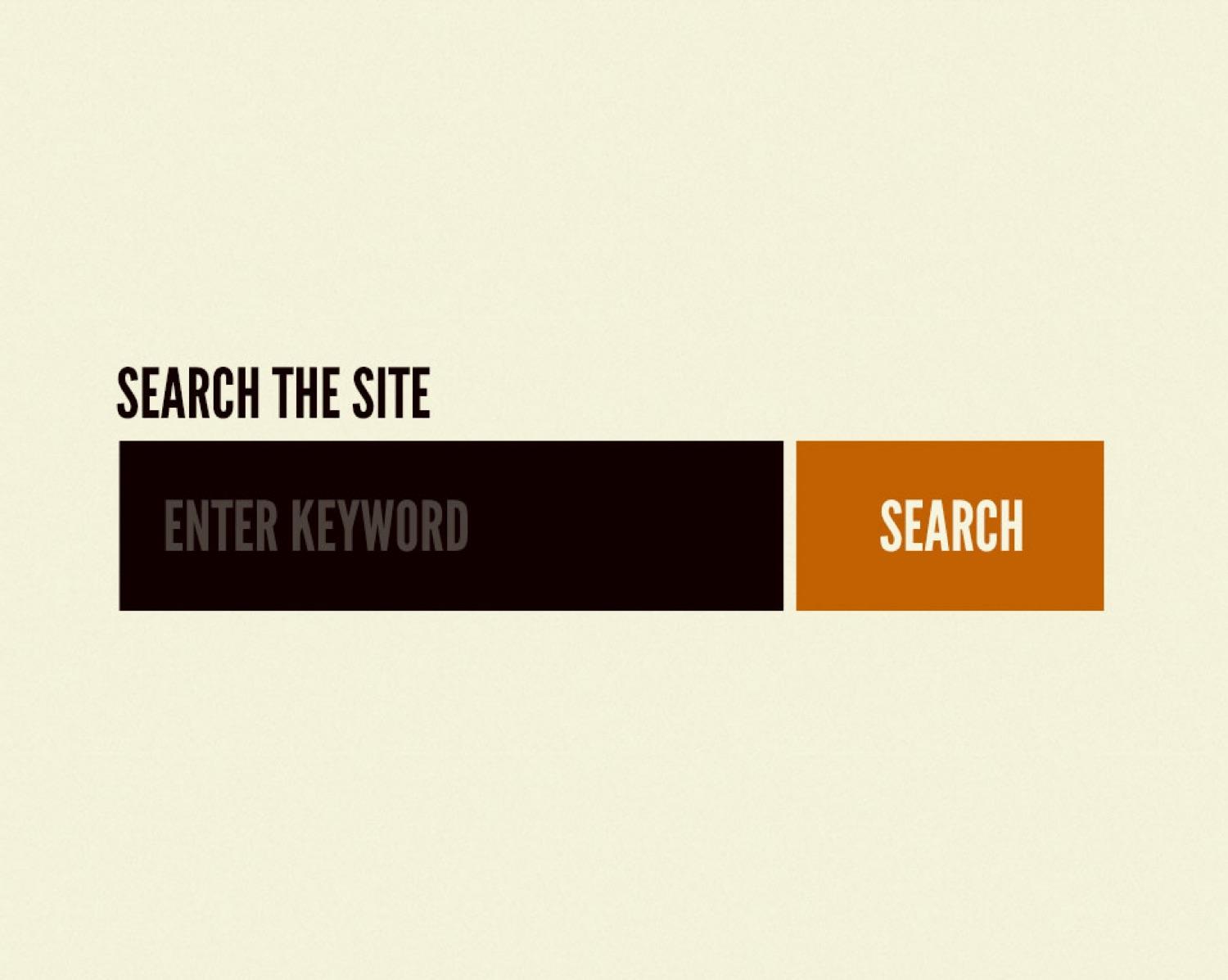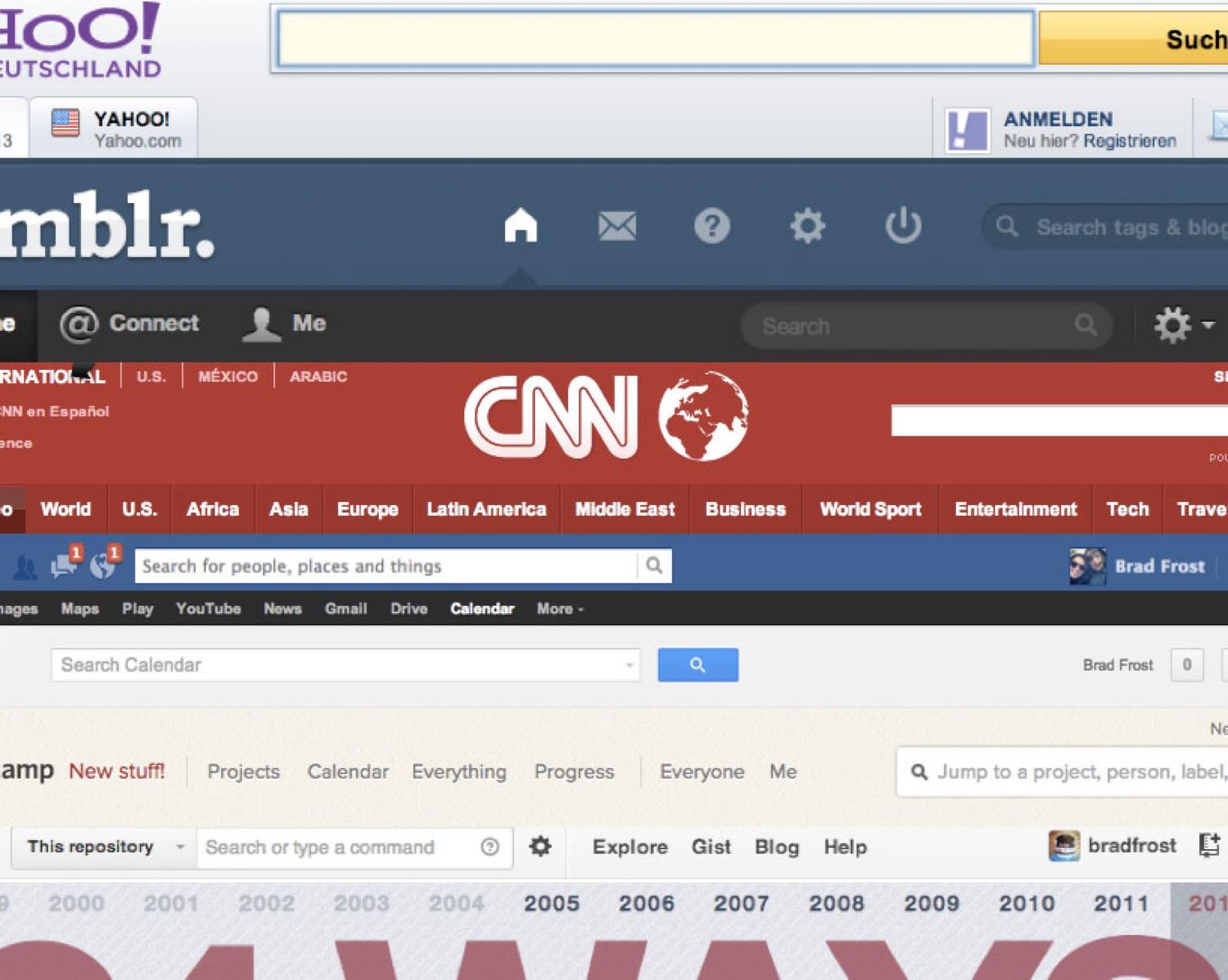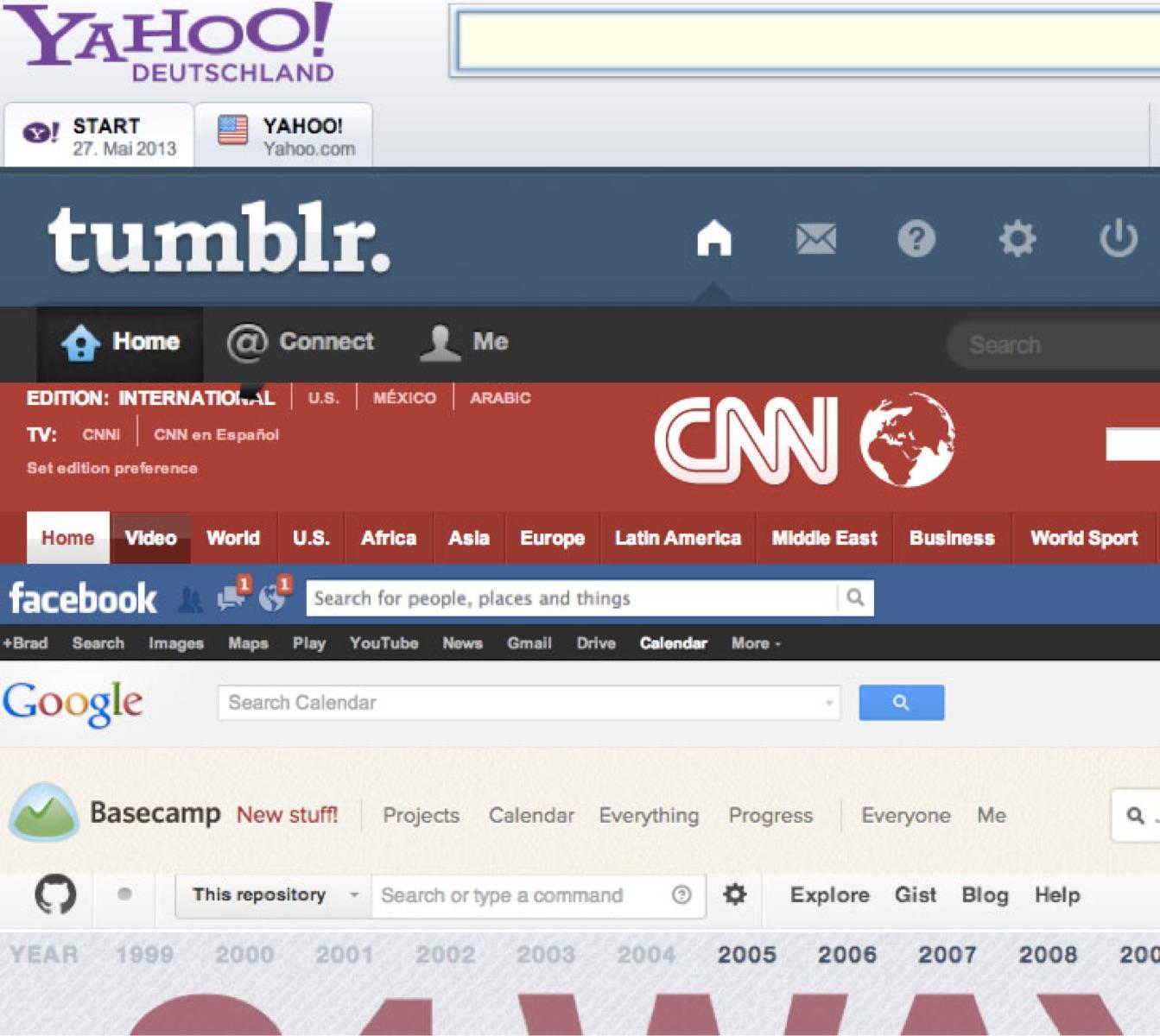Explore the World's Best Ideas
Join today and uncover 100+ curated journeys from 50+ topics. Unlock access to our mobile app with extensive features.
Atoms
Atoms are the basic building blocks of matter. Applied to web interfaces, atoms are our HTML tags, such as a form label, an input or a button.
Atoms can also include more abstract elements like color palettes, fonts and even more invisible aspects of an interface like animations.
Like atoms in nature they’re fairly abstract and often not terribly useful on their own. However, they’re good as a reference in the context of a pattern library as you can see all your global styles laid out at a glance.
73
186 reads
Molecules
Things start getting more interesting and tangible when we start combining atoms together. Molecules are groups of atoms bonded together and are the smallest fundamental units of a compound. These molecules take on their own properties and serve as the backbone of our design systems.
For example, a form label, input or button aren’t too useful by themselves, but combine them together as a form and now they can actually do something together.
Building up to molecules from atoms encourages a “do one thing and do it well” mentality.
73
113 reads
Organisms
Molecules give us some building blocks to work with, and we can now combine them together to form organisms. Organisms are groups of molecules joined together to form a relatively complex, distinct section of an interface.
We’re starting to get increasingly concrete.
Organisms can consist of similar and/or different molecule types. For example, a masthead organism might consist of diverse components like a logo, primary navigation, search form, and list of social media channels. But a “product grid” organism might consist of the same molecule.
73
101 reads
Templates
At the template stage, we break our chemistry analogy to get into language that makes more sense to our clients and our final output. Templates consist mostly of groups of organisms stitched together to form pages. It’s here where we start to see the design coming together and start seeing things like layout in action.
Templates are very concrete and provide context to all these relatively abstract molecules and organisms. Templates are also where clients start seeing the final design in place.
73
69 reads
Pages
Pages are specific instances of templates. Here, placeholder content is replaced with real representative content to give an accurate depiction of what a user will ultimately see.
Pages are the highest level of fidelity and because they’re the most tangible, it’s typically where most people in the process spend most of their time and what most reviews revolve around.
73
104 reads
IDEAS CURATED BY
Sabin Hantu's ideas are part of this journey:
Learn more about communication with this collection
How to set clear objectives
How to follow up after a meeting
How to manage time effectively
Related collections
Similar ideas
7 ideas
The 7 Most Essential Frontend Web Development Tools in 2022
careerfoundry.com
13 ideas
Acharya Kanada: The Father of Atomic Theory
sanskritimagazine.com
4 ideas
Read & Learn
20x Faster
without
deepstash
with
deepstash
with
deepstash
Personalized microlearning
—
100+ Learning Journeys
—
Access to 200,000+ ideas
—
Access to the mobile app
—
Unlimited idea saving
—
—
Unlimited history
—
—
Unlimited listening to ideas
—
—
Downloading & offline access
—
—
Supercharge your mind with one idea per day
Enter your email and spend 1 minute every day to learn something new.
I agree to receive email updates
